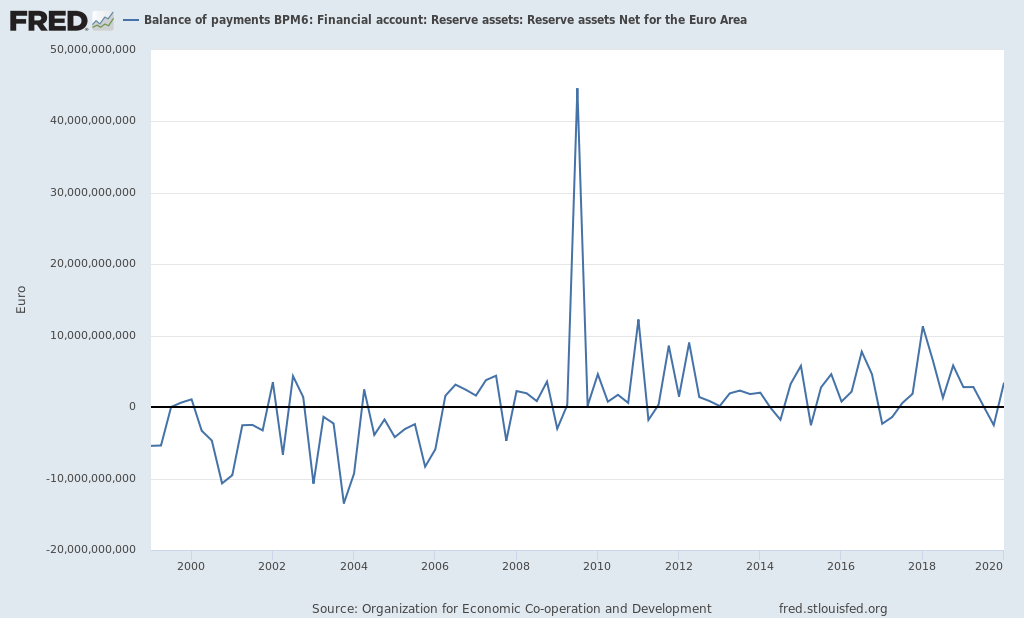


Poor and developing countries also want to see a new finance facility to fund the "loss and damage" resulting from climate change - for example money needed for relocating people displaced by floods.ĭeveloped nations have opposed this new fund which will hold them legally liable for massive damages caused by climate change. Besides, an improvement in transparency to ensure appropriate oversight of the quantum and direction of flows is imperative," the ministry said. "Issues relating to access and suggestions for improvement in the function of the financial mechanisms are also important. It said the discussion on NCQG in the ad-hoc working group must focus on the quantity of the resource flow and its quality and scope. While the promised amount must be reached as quickly as possible, there is a need now to substantially enhance the ambition to ensure adequate resource flow under the new quantified goal post-2024," the environment ministry said. Due to lack of common understanding, several estimates of what has flown as climate finance are available. "The goal of USD100 billion per year of climate finance by 2020 and every year thereafter through 2025 is yet to be achieved. Based on the Nationally determined contributions (NDCs), the total cumulative financing requirements of the developing world is anything in the range of USD 5.8-5.9 trillion till 2030," Rashmi said. "The figure of USD 100 billion for developing countries was agreed upon much before the Paris Agreement was signed. "Any consensus on an enhanced scale of financial mobilisation could be a welcome takeaway from COP27," said RR Rashmi, Distinguished Fellow, TERI, and former climate negotiator under UNFCCC. "India will seek clarity as to what constitutes climate finance whether it is grants, loans or subsidies," Yadav told reporters on Thursday.Īt COP15 in Copenhagen in 2009, developed countries had committed to jointly mobilise USD 100 billion per year by 2020 to help developing countries tackle climate change, but they have miserably failed in doing so.Īlong with other developing countries, India will ramp up pressure on rich nations to deliver on this promise.Īccording to the fourth Biennial Assessment of the Standing Committee on Finance of the UNFCCC, the total public financial support reported by developed countries in October 2020 amounted to USD 45.4 billion in 2017 and USD 51.8 billion in 2018.ĭeveloping countries, including India, will also push rich countries to agree to a new global climate finance target - also known as the new collective quantified goal on climate finance (NCQG) - which they say should be in trillions as the costs of addressing and adapting to climate change have grown. The absence of a definition allows developed countries to greenwash their finances and pass off loans as climate-related aid. "As it is a saying that 'what gets measured gets done', more clarity is needed on the definition of climate finance for the developing countries to be able to accurately assess the extent of finance flows for climate action," it said in a statement. It is not yet clear if Prime Minister Narendra Modi will attend it.Īccording to the Union Environment Ministry, India looks forward to substantial progress on the discussions related to climate finance and clarity on its definition. US President Joe Biden, UK Prime Minister Rishi Sunak and more than 100 heads of states are expected to attend the conference.
RBI PAYMENT SYSTEM INDICATORS HOW TO
One hundred and ninety eight parties to UNFCCC gather once a year to discuss how to jointly address climate change. Union Environment Minister Bhupender Yadav will lead the Indian delegation at the conference which will run from November 6 to 8 at Sharm El-Sheikh, Egypt. The 27th edition of the Conference of Parties (COP) to UNFCCC will start Sunday and it will see India seeking clarity on the definition of climate finance and nudging developed countries to enhance supply of technology and finance needed to address climate change and resulting disasters.


 0 kommentar(er)
0 kommentar(er)
